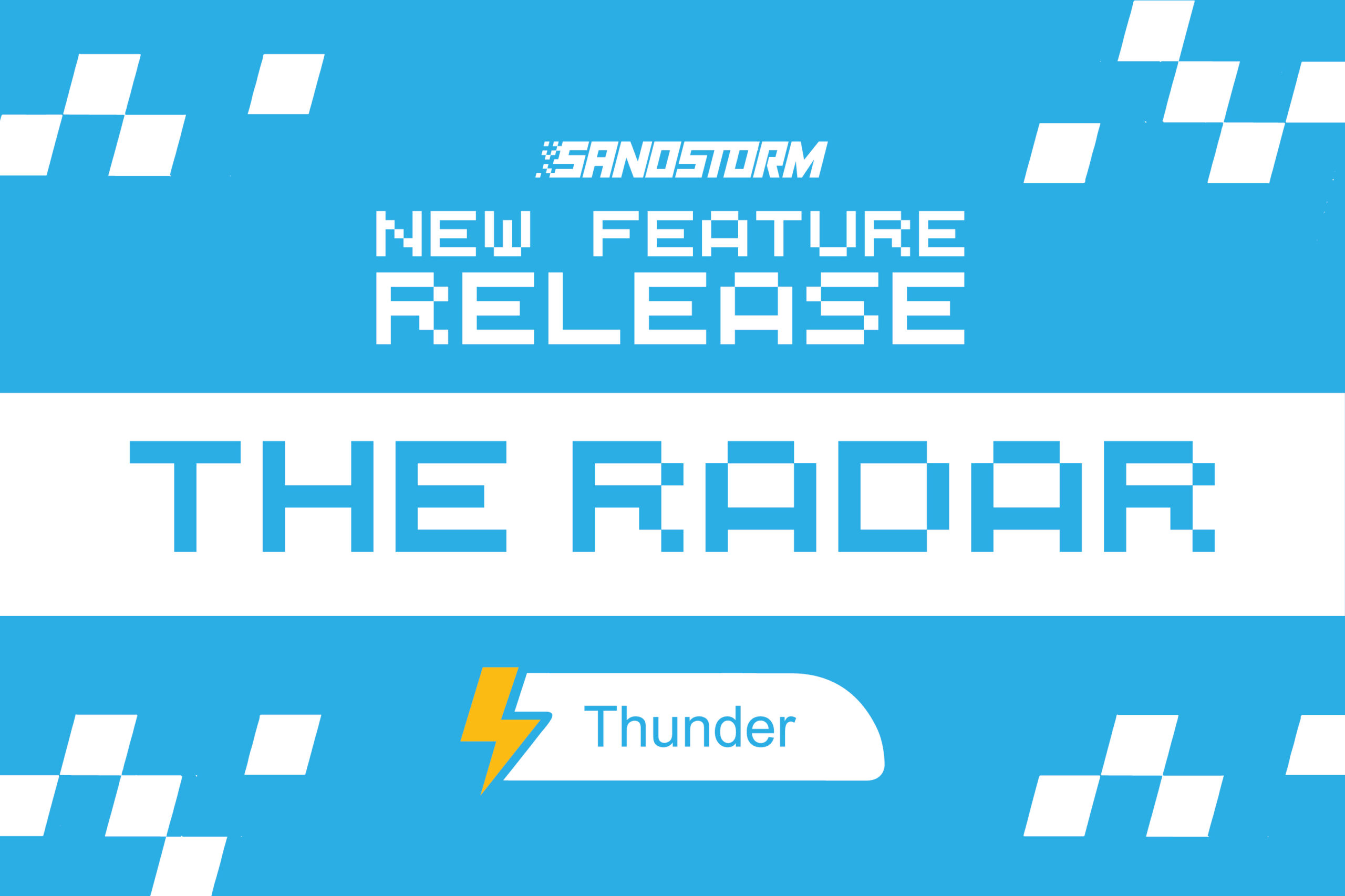Make The Metaverse Work For Your Brand
Branding In The Metaverse
The hype is exciting and, honestly, pretty confusing. Just like with NFTs, the fanfare for the metaverse has arrived like a tidal wave, and it’s left a lot of people bewildered.
What exactly is the metaverse? Is it a video game or hundreds of video games? Who owns the metaverse? And how does it actually work?
We’ll do our best to clear things up and explore the ways in which brand-builders can take advantage of the new opportunities this exciting technology brings.
First of all, it must be said that these are uncharted waters – before you go planting your flag in this new digital domain, you’ll need a good understanding of what’s virtual and what’s actually real in a landscape of lofty promises.
A New Virtual Phenomenon
Defining the metaverse is difficult. Many people and companies have a different understanding of it. But at the most basic level, you could say it is a shared 3D world that people can interact within. It is like a video game but on a far more ambitious scale. In the persistent world, you represent yourself with an avatar, can own objects, and even purchase real estate.
Current discourse suggests the majority of metaverse experiences will happen through VR (virtual reality) headsets. You can buy these today from Samsung, HTC, Valve, or Facebook’s Oculus.
We are early in the development of the metaverse, and there is a lot of hype and confusion about it, but also excitement and opportunity.
There’s a big problem with the way it is thought about, and that is the word “the”. Despite some utopian wishes to the contrary, we probably won’t see a single metaverse because there are a whole lot of companies with competing interests already getting involved in it. Everyone wants to own a metaverse, and many more companies will try to build their own.
That being said, the internet did begin as a mostly democratic resource in which each computer and server was equal. Twenty years later, 99% of online businesses used systems owned by eight or so companies. That could happen again, and it’s probably what Meta (formerly known as Facebook) would like to happen — hence their rebranding and significant investments in metaverse and VR tech.
In a fast-moving environment such as this, we’ll probably have a whole new set of terms spring up as it evolves. But for now, think of the metaverse as a concept like “cyberspace” rather than a specific technology, device, or protocol.
Why Marketers Should Care About the Metaverse
We will address some concerns, but first, let’s put our optimism goggles on. What’s the cool stuff that’s happening in the metaverse?
With the technology that metaverse experiences are built on deeply intertwined with blockchain systems (the underlying tech behind cryptocurrency and NFTs), users have a method of claiming ownership over unique digital assets. You could create limited-production virtual goods that customers will pay for.
Luxury items are a perfect fit because unique virtual items are coveted by users. The “flex” of purchase gives status to the buyer. Say you can’t afford a Bugatti out in the real world; you could buy a virtual one in the metaverse at a fraction of the price. Then let’s say you’re one of only 500 owners; you’ll value the experience of owning one much more.
There’s also an opportunity for crossovers between physical and digital products, such as with Coca-Cola launching a virtual drink on Fortnite Creative.
Special Customer Experiences
In the Metaverse Fashion Week, people could buy digital and physical versions of garments from selected brands. You can wear the digital version in Decentraland and also have the physical item shipped to your door.
It’s not all about trading items. You can create experiences that foster an emotional connection with a brand, such as narrative content or an interactive environment.
If you were a food brand, you could make a factory tour and let the users play a gamified version of the production process. Coffee brands could embed a 3D film to let customers meet the farmers that grow the coffee beans.
Nike created an entire adventure playground within Roblox; the branded game-within-a-game, NIKELAND. It is enhanced by real-life movement, which encourages visitors to get more active. They can use accelerometers on their mobile devices to transfer movements made offline to online play. For example, when you move your device and body IRL, you can pull off cool in-game moves such as long jumps or sprints.
It might seem cliché, but in virtual worlds, the only limit is your imagination.
Building Your Brand In The Metaverse
This isn’t the easiest question to answer at the moment because this trend is still in its infancy. A lot depends on the nature and scale of your brand.
If you’re not yet involved in interactive technology, you would probably need to partner up with a development and marketing agency to help you with the task of choosing a platform, planning your creative, reaching your target audience, and building your space.
Right now, there aren’t many metaverse-specific agencies around, but they are bound to become more common as the industry matures. You would also have to consider whether your brand would actually add value to a particular virtual space or not.
Some types of brands that might end up thriving in the metaverse are fashion, art, luxury goods, and entertainment. But the virtual world essentially has infinite creative potential, so you can’t rule anything out completely.
There aren’t many playbooks for brands that have made a successful metaverse move, but that means there’s plenty of space for creativity. Some of the braver brands willing to take a risk could end up being true pioneers.
Choosing The Right Platform
Each entity creating a virtual world does so with its own membership, access, formats of creative expression, and monetization rights. So, the technical and business specifications vary widely. Not only will you have to figure out which of the virtual worlds your target demographic hangs out in, but you’ll also have to follow the rules of each virtual world. Digital assets would need to be customized to their operating rules, which could get expensive.
Technical solutions might exist at some point, like how you can pay one company to put an ad on 200 billboards. Agencies might handle the distribution of assets across multiple virtual worlds. In any case, you’ll have to choose wisely, or it could get complicated.


